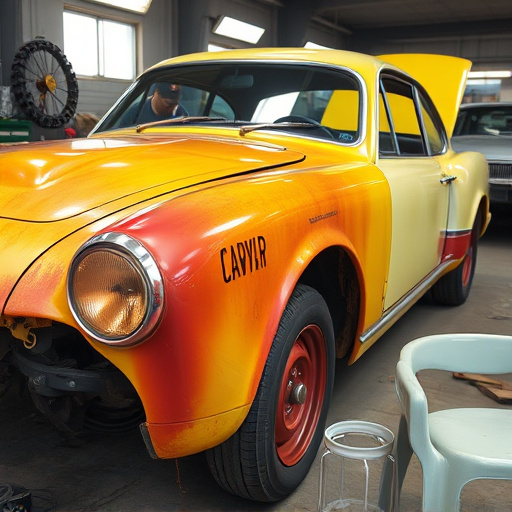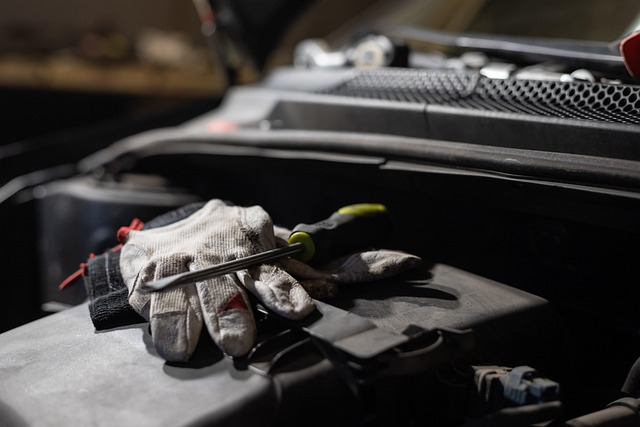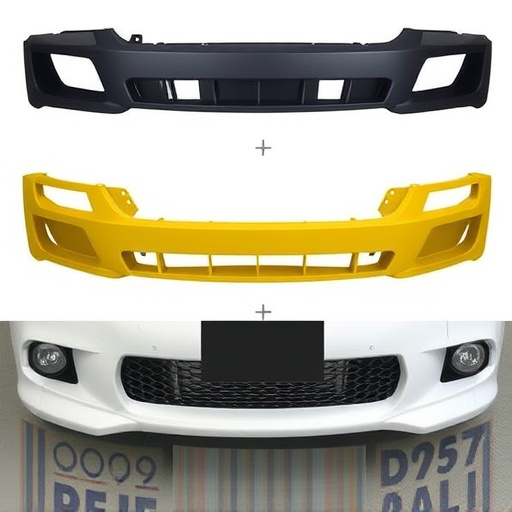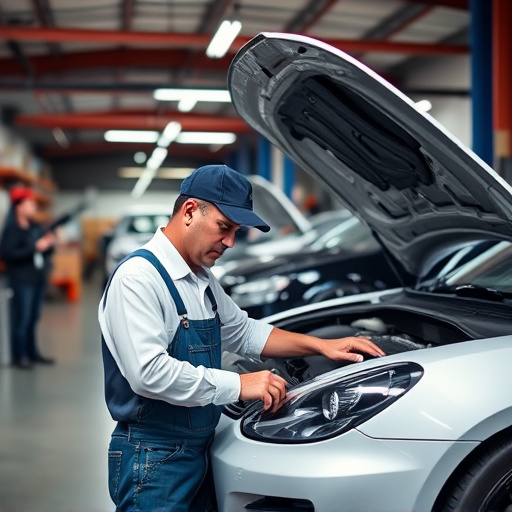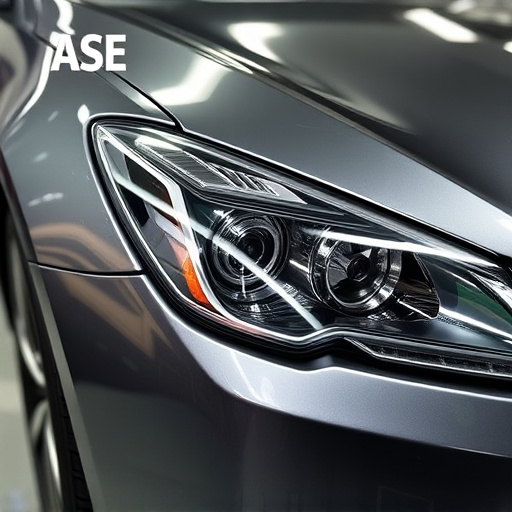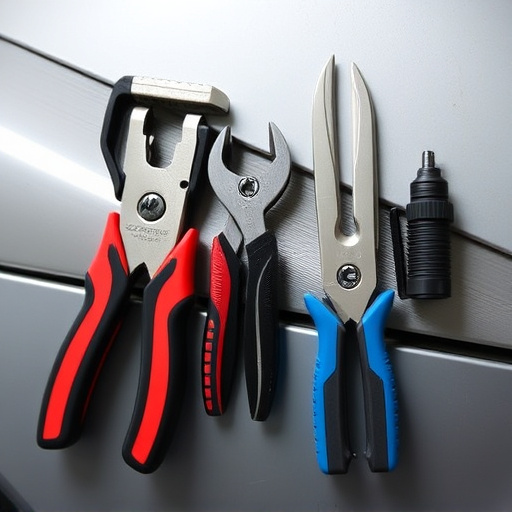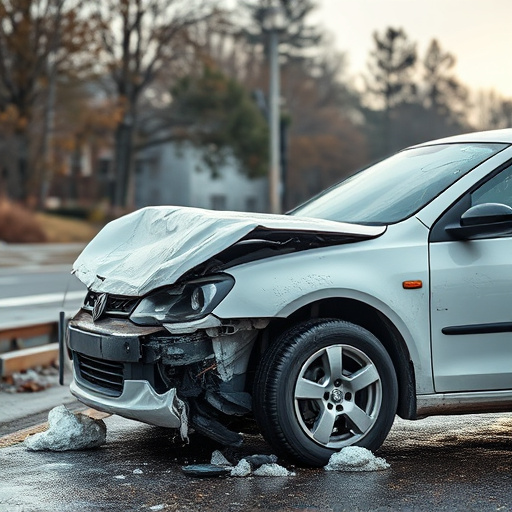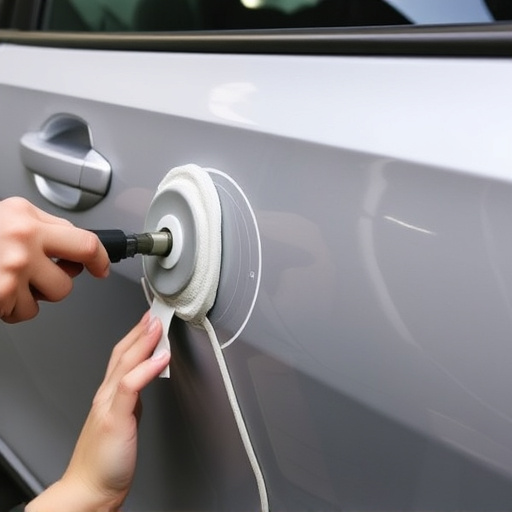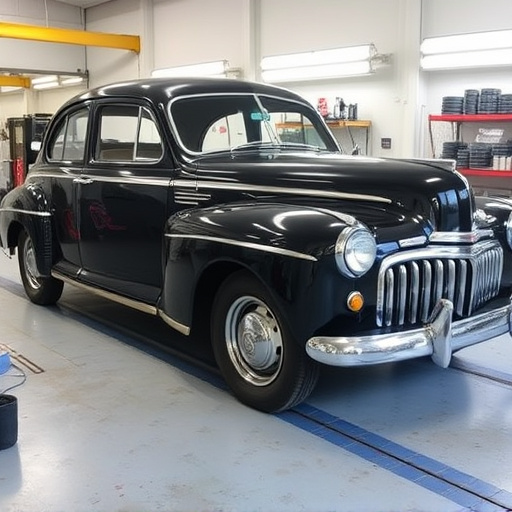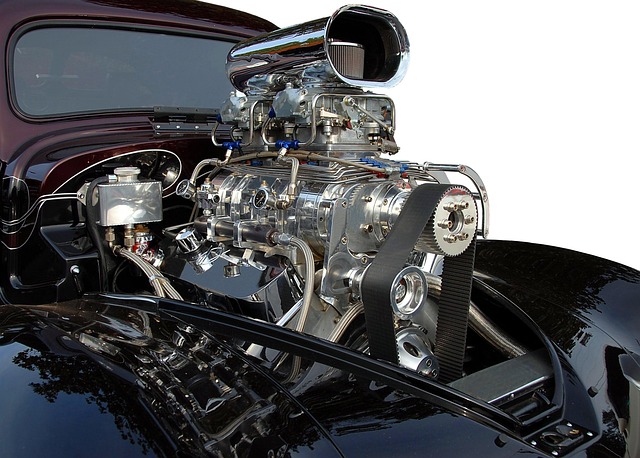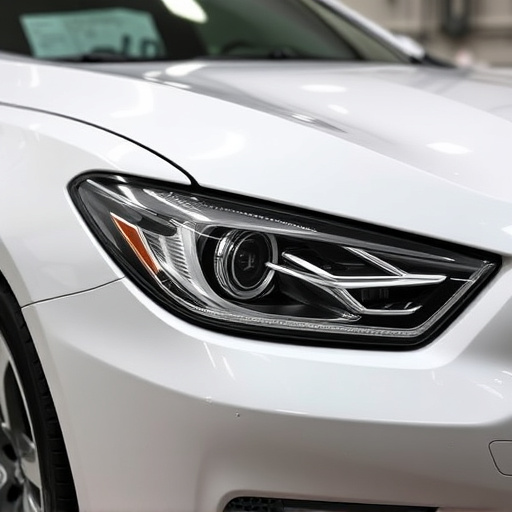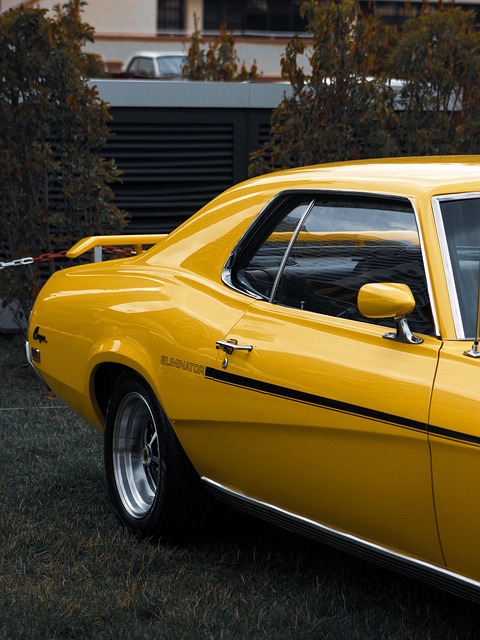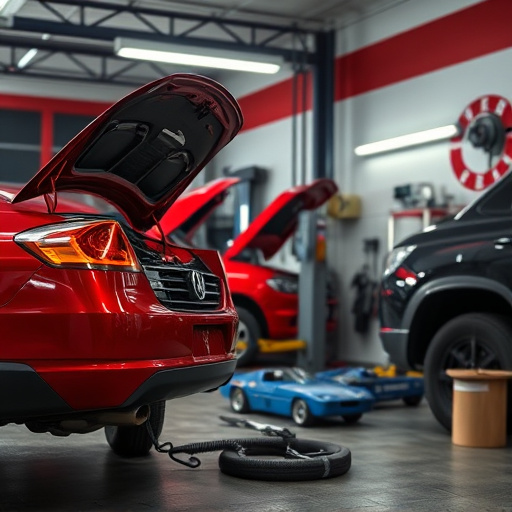Automotive paint types for Electric Vehicles (EVs) have evolved from traditional solvent-based formulas to specialized E-Coat formulations offering superior durability and corrosion resistance. EV manufacturing emphasizes efficient, consistent coating with thinner applications to reduce waste and energy consumption. Future trends include eco-friendly water-based paints and advanced nanotechnology for enhanced scratch, chip, and UV resistance, balancing aesthetics, sustainability, and durability.
In the rapidly evolving electric vehicle (EV) manufacturing landscape, understanding the unique demands of automotive paint types is crucial. This article explores the evolution of EV coating solutions, from traditional paints with a historical basis to specialized E-coat formulations that offer distinct advantages. Additionally, we delve into future trends, focusing on eco-friendly and high-performance paints that are shaping the sustainable and efficient vehicles of tomorrow. Discover how these automotive paint types contribute to the ongoing revolution in electric mobility.
- Traditional Paints: Historical Basis for EV Coating
- Specialized E-Coat Formulations: Electric Vehicle Advantages
- Future Trends: Eco-Friendly and High-Performance Paints
Traditional Paints: Historical Basis for EV Coating
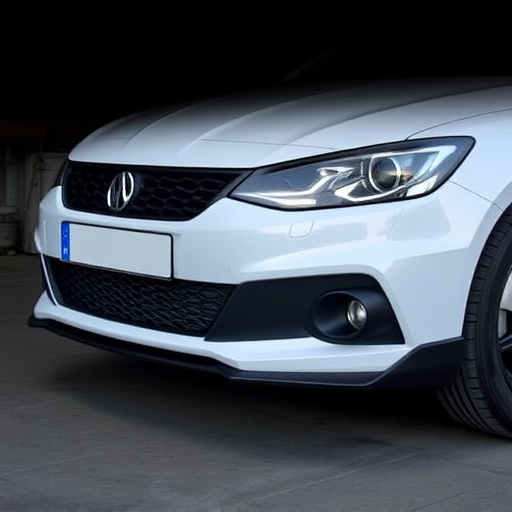
Traditional paints have a rich history in automotive manufacturing, serving as the protective coating for cars since their early days. In the context of Electric Vehicle (EV) manufacturing, understanding this historical basis is crucial. These conventional paints, typically comprised of solvent-based formulas, have long been the go-to option for safeguarding car bodywork against corrosion and environmental factors.
Over time, advancements in technology have led to an evolution in automotive paint types. As EV manufacturers strive to meet the unique demands of their electric powertrains, they are exploring alternative coating solutions. This shift not only caters to the specific needs of EV construction but also aligns with the industry’s growing focus on sustainability, offering more eco-friendly alternatives to traditional paints while ensuring superior protection for auto body services and maintaining the overall integrity of the vehicle’s frame straightening process.
Specialized E-Coat Formulations: Electric Vehicle Advantages

Specialized E-Coat Formulations offer significant advantages in Electric Vehicle (EV) manufacturing. These advanced automotive paint types are designed to meet the unique demands of electric motors and their components, ensuring superior durability and corrosion resistance. The formulation of E-Coat paints is precise, incorporating specific resins and additives that protect against environmental factors, which is crucial as EV batteries and motors require exceptional long-term protection.
Unlike traditional car restoration or dent repair processes, EV manufacturing emphasizes efficient, consistent coating to maintain sleek designs and optimal performance. Specialized E-Coats allow for thinner applications, reducing material waste and energy consumption in car body shops. This not only contributes to more sustainable production but also ensures the final product meets the high aesthetic standards expected of modern EVs.
Future Trends: Eco-Friendly and High-Performance Paints
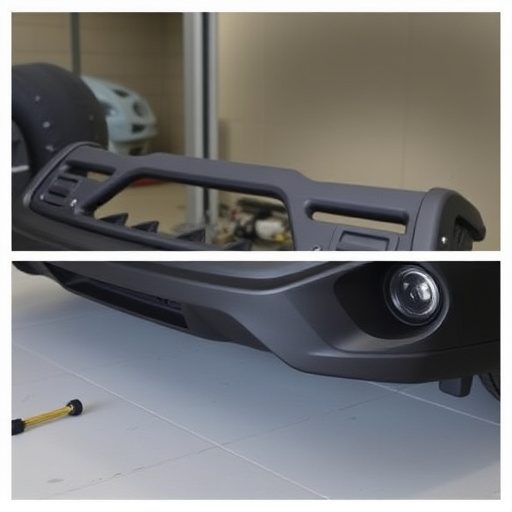
The future of automotive paint types in electric vehicle manufacturing is poised for significant shifts towards sustainability and performance. As environmental concerns continue to mount, there’s a growing demand for eco-friendly paints that minimize harmful emissions and reduce waste during production. Innovations such as water-based paints, which offer excellent coverage while reducing volatile organic compounds (VOCs), are gaining traction in the industry. These paints not only contribute to cleaner air but also provide long-lasting durability, making them ideal for electric vehicles designed to withstand rigorous driving conditions.
Moreover, advancements in nanotechnology and advanced polymers are enabling the development of high-performance paints that enhance vehicle aesthetics and protection. These paints can offer enhanced resistance to scratches, chips, and UV damage, ensuring that electric vehicles maintain their glossy finish for longer periods. Such trends signal a move away from traditional automotive paint types, towards solutions that balance aesthetic appeal with sustainability and performance—a shift that benefits both the industry and consumers concerned about environmental impact, especially in the context of classic car restoration and car repair shops aiming to meet modern standards without compromising quality or durability, including effective car dent removal processes.
The evolution of automotive paint types in electric vehicle (EV) manufacturing reflects a balance between aesthetic appeal, performance, and environmental sustainability. From traditional paints with a historical basis to specialized E-coat formulations that offer advantages for EVs, the industry continues to innovate. As we look towards the future, eco-friendly and high-performance paints are poised to revolutionize EV coating once again, addressing both consumer demands and environmental considerations. Understanding these automotive paint types is crucial for staying ahead in this rapidly growing market.
